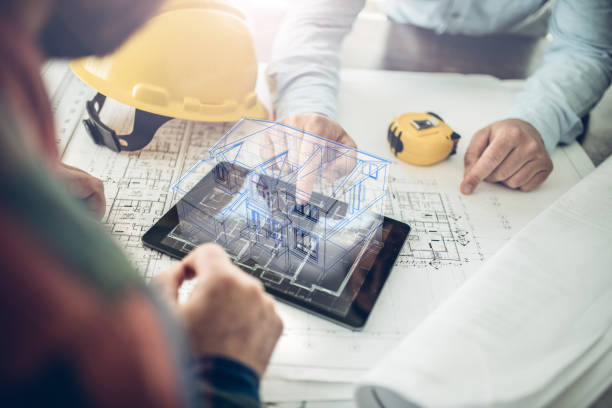Building Information Modeling (BIM) has revolutionized the design process in the construction industry. BIM is a digital representation of the physical and functional characteristics of a building that allows for the efficient and accurate planning, design, construction, and management of buildings. In this article, we will explore how BIM is revolutionizing the design process in the construction industry.
BIM allows for the creation of detailed 3D models of buildings, which can be used to simulate various aspects of the building, such as lighting, ventilation, and heating. This allows architects and engineers to optimize building performance and reduce the risk of errors during construction. BIM also enables collaboration between different disciplines, such as architecture, engineering, and construction, allowing for better communication and a more efficient design process.
One of the key advantages of BIM is that it allows for early detection of design errors. By simulating the building design in a virtual environment, potential design errors can be identified and corrected before construction begins. This helps to reduce the risk of costly mistakes and delays during construction.
BIM also allows for greater accuracy in estimating project costs and timelines. By creating a detailed 3D model of the building, architects and engineers can more accurately estimate the materials and labor required for construction. This can help to reduce project costs and ensure that projects are completed on time.
Another advantage of BIM is that it allows for better communication and collaboration between stakeholders. BIM models can be easily shared between architects, engineers, contractors, and owners, allowing for better communication and a more streamlined design process. This can help to reduce the risk of conflicts and delays during construction.
Finally, BIM can also be used to improve building sustainability. By simulating various building systems and their impact on the environment, architects and engineers can optimize building performance and reduce energy consumption. This can help to reduce the environmental impact of buildings and improve their sustainability.
In conclusion, Building Information Modeling is revolutionizing the design process in the construction industry. By allowing for the creation of detailed 3D models, early detection of design errors, and greater accuracy in estimating project costs and timelines, BIM is helping to reduce the risk of costly mistakes and delays during construction. As technology continues to evolve, we can expect to see even more innovative uses of BIM in the construction industry.
